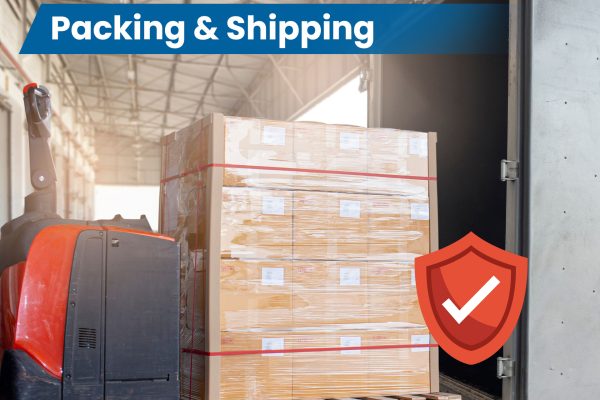Improper or careless packing of freight into shipping containers, or a failure to use proper load restraints, can lead to serious consequences, including:
- Accidents and workplace injuries during packing, handling, or transport;
- Damage to the cargo itself, warehouse equipment or transport infrastructure;
- Non-compliance with Australian law, impacting all parties in the supply chain.
Correct packing procedures and load restraint are critical to ensuring safety, preventing damage and meeting legal obligations. Always arrange for a safe working environment using correct and safe handling equipment and the appropriate personal protective gear. You should never allow smoking, eating or drinking during packing, securing and unpacking operations.
The following tips serve as a guide only and are not exhaustive. We will be happy to assist with solving any issues you might encounter during loading.
CHECKLIST FOR SAFE CONTAINER PACKING
General
Ensure the type of container is appropriate for the cargo to be carried.
Check the maximum permitted payload limit of the container is sufficient for the load.
Do not stow heavy goods on top of light goods.
Observe all handling instructions on packages such as “this side up.”
Use locking, blocking or lashing methods to prevent the cargo from sliding and tipping inside the container during transit. Do not build up irregular layers of packages without blocking and proper securing.
Distribute heavy cargo over the floor area and ensure that the centre of gravity of the packed container is correctly located.
The Packing Area
Take steps to avoid contamination of the packing area by pests.
Prepare a packing plan showing the arrangements of goods inside the container.
Check: Have staff assigned to pack the container been trained to understand the practices of safe packing and securing and avoidance of pest contamination?
Packing Dangerous Goods
Check that all packages are properly marked and labelled.
Pack Dangerous Goods near to the doors if possible.
Do not pack any cartons or cases that appear to be damaged.
Containers Requiring Fumigation
Significant hazards can occur with fumigated cargo and containers. Gassing incidents, due to inadequate ventilation of containers after they have been opened, have occurred in many countries. Also determine that both the interior and the exterior of the container, and its cargo, are free from visible infestation by pests.
Chain of Responsibility for Road Transport
The code known as of Chain of Responsibility (CoR) exists to make sure everyone in the supply chain shares responsibility for ensuring that breaches of the Heavy Vehicle National Law do not occur. Under CoR laws, if you are a party in the chain of responsibility and you control or influence any transport task, you have a responsibility to ensure the laws are complied with.
Safe Container Loading and Transport Guides have been developed by CoRsafe, in collaboration with Container Transport Alliance Australia (CTAA). They are called ‘A Guide to Safety Laws in Australia and New Zealand’ and ‘A Frontline Worker’s Companion Guide to Safety Law in Australia and New Zealand.’ (CoRsafe is an end-to-end CoR management software company).
If there is anything you are unsure of, call us before completing your loading and sealing the container doors.
Colless Young offers you professional, correct advice on packing containers, keeping your freight secure and your workers safe. Talk to Andrew, Tel: +61 7 3890 0800 email enq@collessyoung.com.au .

